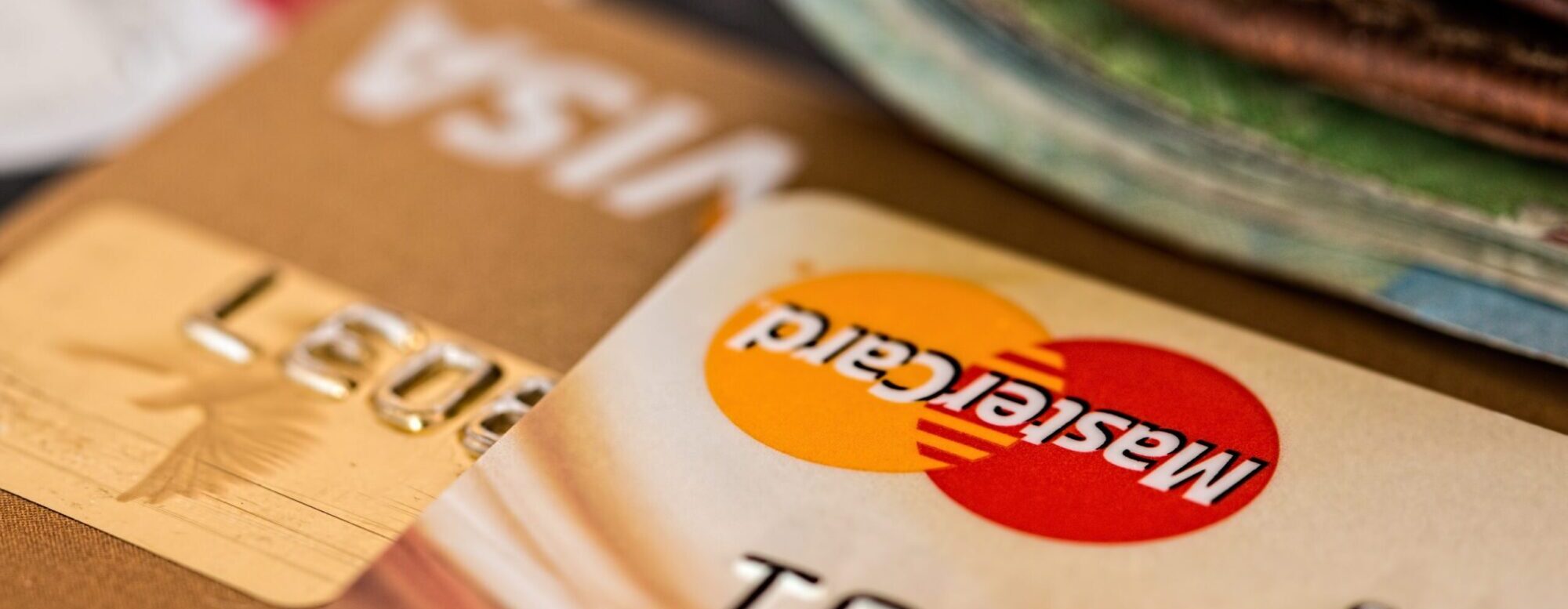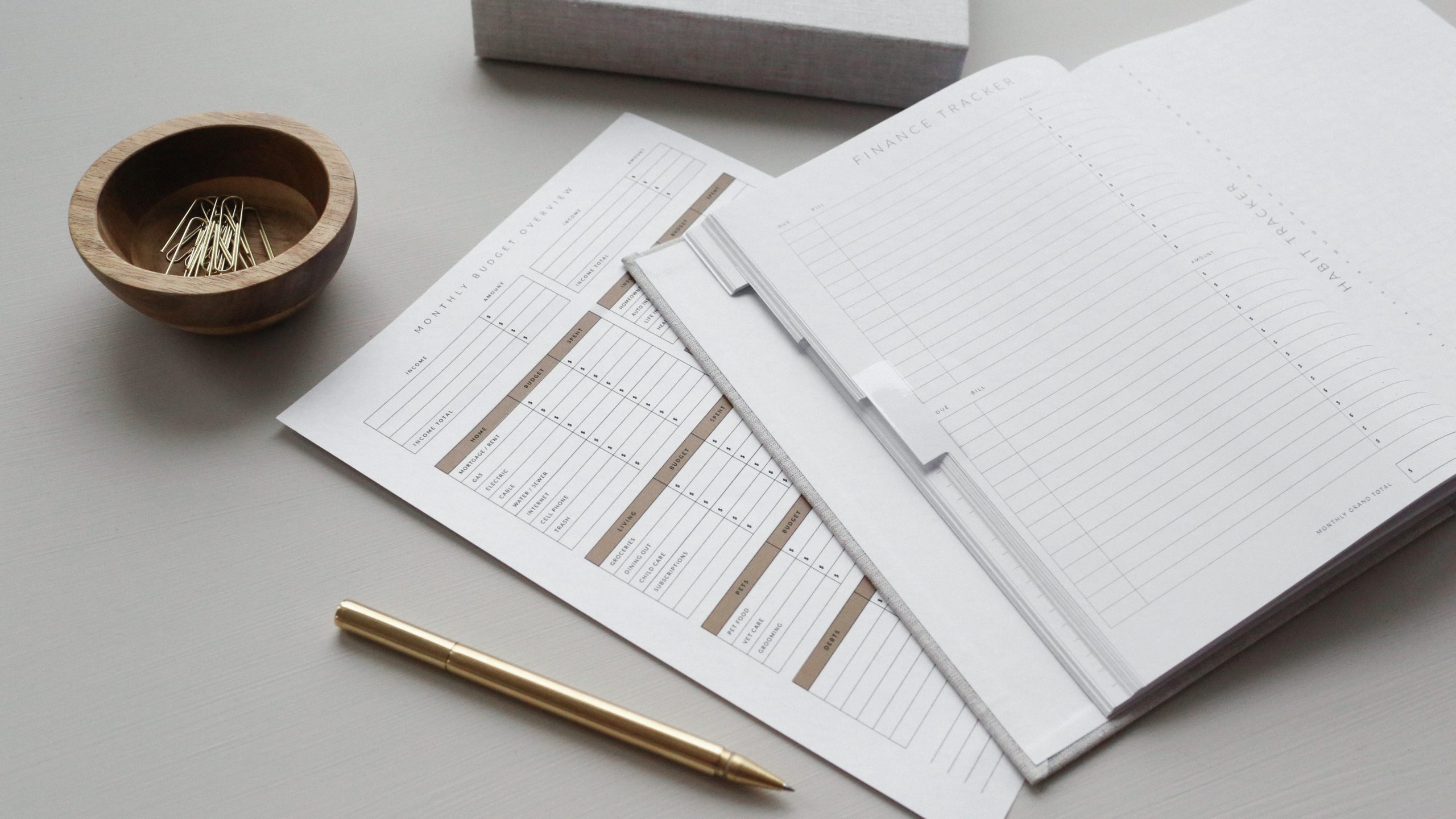This often gets neglected when setting up new payment systems. As a result your finance department often spends a considerable amount of time ensuring that all payments are reconciled.
Batches
Batches are the payment instructions to the bank. This should, therefore, be the same as the funds that are received in your bank account.
You should consider a few points, however:
1. Depending on the times’ batches are sent to acquiring banks (see the previous section) and agreement with your bank, payments will be received a number of days after they have been authorised. This is different for the various payment methods, e.g. AMEX typically has longer funding periods than VISA/MC.
2. Refunds can really throw your reconciliation out as they typically take a few days longer than authorisations to hit your bank account.
Finding your transactions
We strongly recommend you use reference fields to send information with authorisation that will help you find and reconcile payments. Preferably this is a field that is also sent to the acquirer and comes back to you in case of chargebacks.
Finding your payer and card information
If you are saving card information, you should use card and payer references that make sense to you. For example, use a unique customer number for the payer and if possible the first 6 and/or last 4 digits of the card.
Reports
You should check the reports that your processor offers as standards and see if they meet your needs. If not you should get the processor to send you daily, bespoke reports. If you require a high degree of automation these should be automatically delivered via FTP. One other solution is to use the responses you get on the individual payment request and update your database on an ongoing basis. This should enable you to run your own reports.

